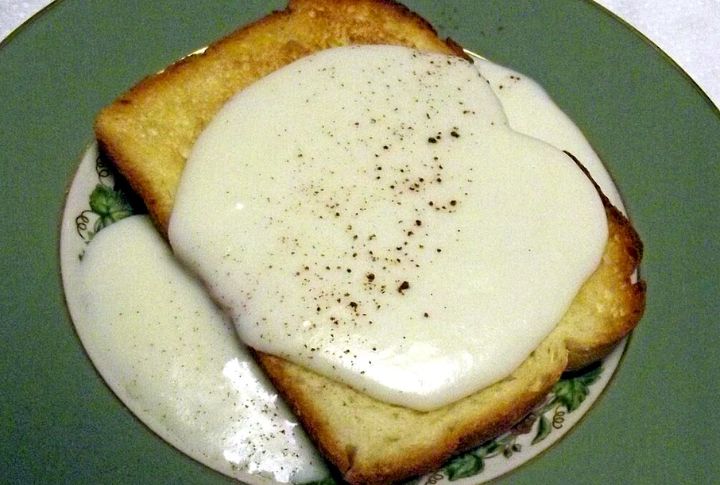
When supplies dried up, soldiers didn’t have the luxury of choice—they had to be inventive or go hungry. Some of the foods they came up with were born of practicality, others out of pure desperation. Either way, what they ate on the front lines says as much about the war as the fighting itself.
Rice And Molasses
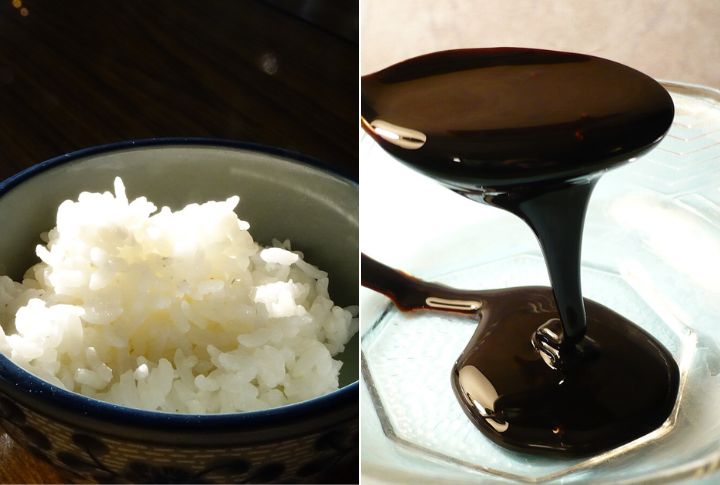
The sticky-sweet dish was a Southern improvisation once salted meat became rare. Soldiers simmered rice with molasses until it thickened, not because they liked it but because it filled their stomachs. Over time, what started as a reluctant fallback became weirdly comforting, especially after weeks of chewing salt pork and hardtack.
Coffee Substitutes
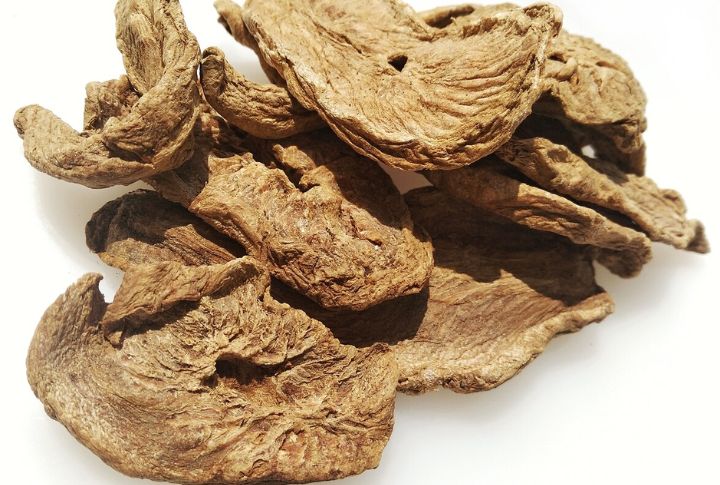
Real coffee vanished fast. Soldiers roasted everything from chicory root to peanuts, even burnt sweet potato peel, in hopes of mimicking the flavor. The caffeine was gone, but the ritual stayed. A warm cup in a cold camp could mean morale. Even bitter acorn brews tasted better when passed between friends at dawn.
Peanut Hot Chocolate
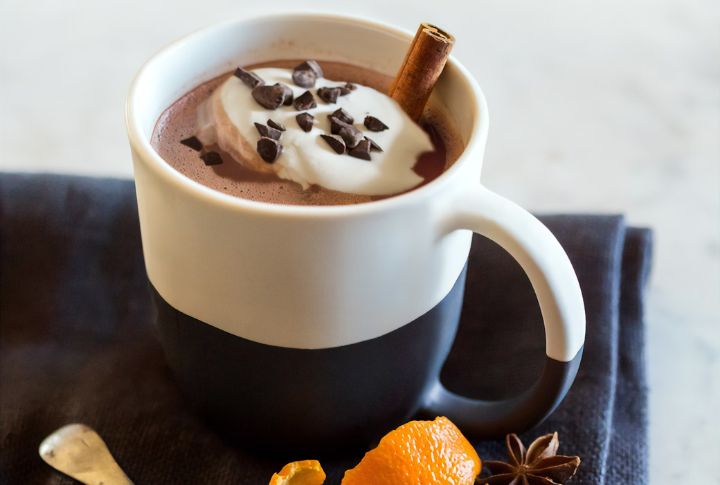
Chocolate was scarce in the South, but peanuts weren’t. Ground into powder and stirred into milk and sugar over a fire, the result was a decent cocoa mimic. Some troops hoarded peanuts just for this treat, calling it a “poor man’s luxury.” A few officers even sent recipes home in letters.
Slosh
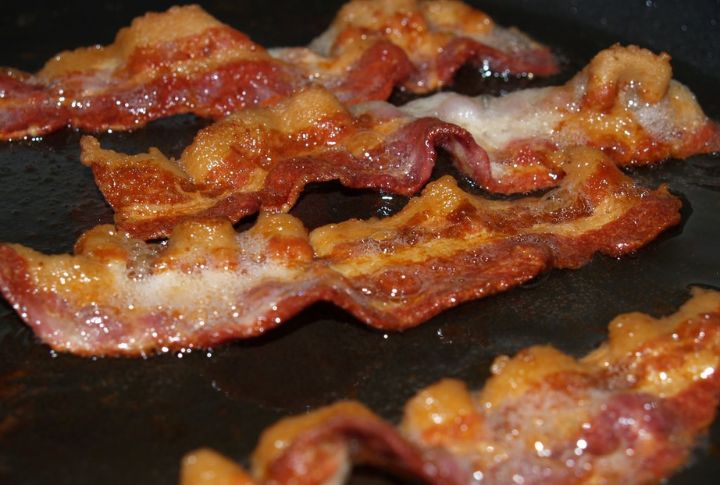
Grease was gold in camp kitchens. Soldiers would stir flour and water directly into hot bacon drippings, creating a gooey mash they nicknamed slosh. If lucky, they added meat scraps. When firm and browned, it became dense slapjack, which is greasy and oddly satisfying when eaten straight from a bayonet tip.
Tea Choices

Forget imported black tea. Civil War brews came from parts of trees found locally or wild currants. Hospitals had various other ingredients that they made tea with for weak patients. On picket duty, even corn silk steeped in tin cups was better than nothing, especially if it reminded you of home.
Watermelon Syrup

When sugar supplies crumbled, Southerners boiled down watermelon juice into a viscous syrup. It sweetened cornbread or whatever needed help going down. Even the rinds weren’t wasted as they were often pickled or fried. In some camps, a thick slab of watermelon syrup on pone counted as dessert, and no one argued.
Milk Toast
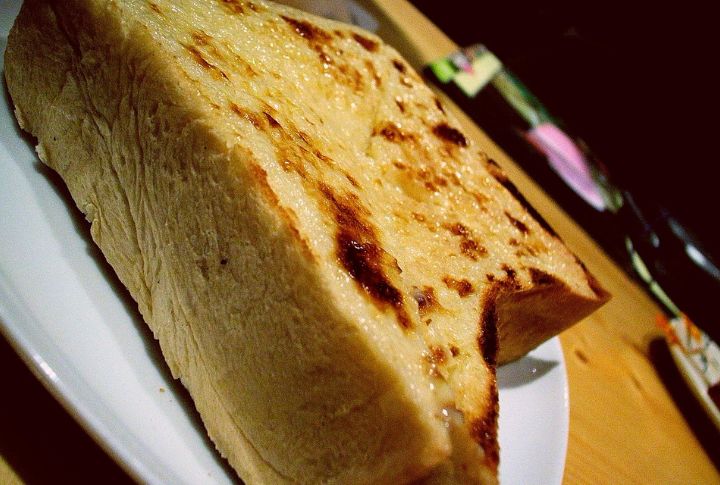
Condensed milk was a prized luxury, mostly seen in officer rations. When soldiers had it, they soaked hardtack until soft, creating a primitive version of a milk toast. Others crushed the crackers into powder before they added water and sugar to bake crude puddings. Not exactly pie, but after weeks of moldy biscuits, it worked.
Rissole
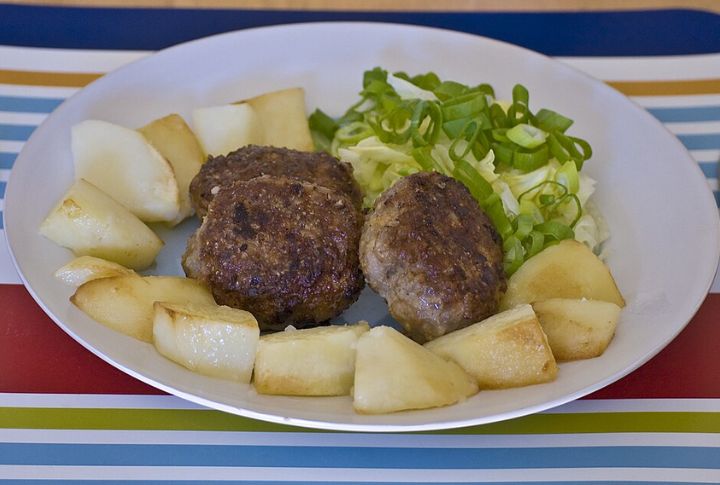
Thanksgiving in a tent meant rissoles if you were lucky. These pan-fried patties blended whatever meat was on hand—fried proteins or hunted game—with breadcrumbs and egg. Spiced with cayenne or onion, they were shaped into rough cakes and fried. Field kitchens sometimes called them “battle burgers.”
Hardtack

No Civil War ration is more infamous. A rock-hard cracker that outlasted everything, including the soldiers who ate it. It was nearly flavorless and often crawling with weevils. Troops soaked it in coffee or smashed it into powder. When stored poorly, it turned disgustingly green or grew worms.
Commissary Brazilian Stew

Union officer James Sanderson didn’t just criticize camp cooking—he rewrote it. His stew recipe called for vinegar-marinated beef, slow-simmered with onions and potatoes. It became popular among troops tired of salted meat. Some mess sergeants added carrots or whatever vegetables they could steal or scrounge.
Desiccated Vegetables

Compressed into bricks and tossed into stews, these dried veggie mixtures were the military’s answer to scurvy. Troops hated them. They tasted like boiled paper but were packed with dried and carb-heavy ingredients. Rehydration made them slimy, but they worked. Units that had them fared better than those that didn’t.
Water Cakes And Ash cakes

Dough made of cornmeal and water was wrapped in husks and baked right in the coals. Water cakes were wheat-based and flatter, often cooked on bayonets or griddles. Some units called them hoecakes, but names didn’t matter—only whether you had one to eat. Ash cakes were the original field ration for Southern troops.
Salt Beef Or Salt Pork

The workhorse of diets, salt meat could survive a thousand-mile march. Soldiers boiled or fried it when they could, but mostly, they gnawed it cold. “Salt horse” was the name given to tough beef no one wanted. Pork was preferred, especially if it came with grease. They saved that for long journeys, too.
Hog And Hominy

Boiled corn and fried pork were more than a meal—it was an identity. Confederate soldiers came to rely on this Southern staple as rations thinned. Some added greens or beans, but the base was always the same. Lincoln himself referenced it when discussing Vicksburg, as the South couldn’t fight on without it.
Mule Meat

As supply lines broke down, Confederate troops turned to eating mules—better than occasional rats. Mule meat was chewy, gamey, and tough on morale, but it kept men standing. At Vicksburg, starving soldiers stewed whatever they could catch. Some swore mule was better than spoiled beef. The bar was not high.
Acorn Mush
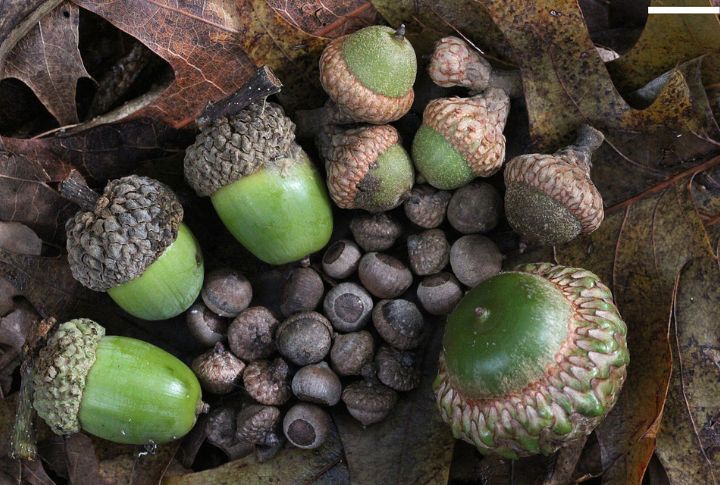
Soldiers turned to acorns, which were abundant in many areas and ground them into flour. They would take this acorn flour and mix it with water to cook it into a mush. While it wasn’t the most appetizing dish, it was nutritious and helped stave off hunger when other food sources were scarce.
Coon Or Possum Stew
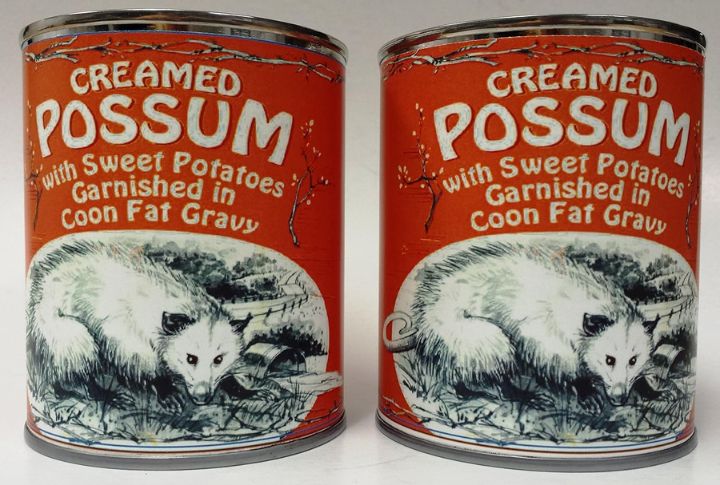
As supply lines broke down and food became insufficient, soldiers turned to local wildlife. Raccoons (coon) and opossums (possums) were often stewed or roasted over open fires. While these meats were tough and gamey, they were a source of protein that kept troops going when rations ran low.
Beef Tea
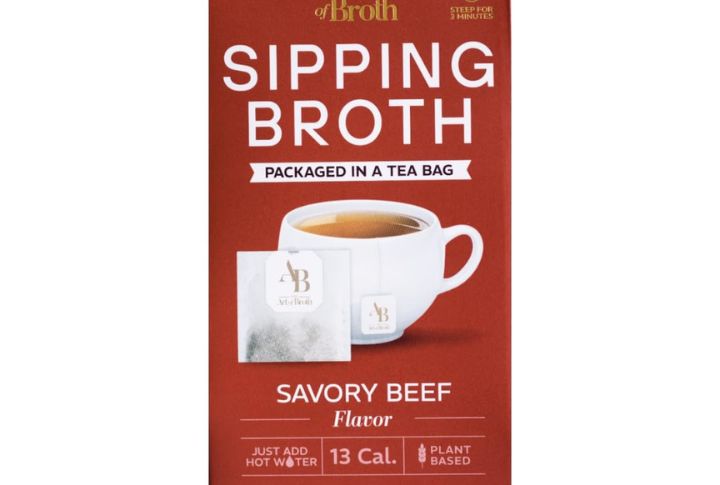
This wasn’t soup—it was more like a beef-flavored tonic. Slices of lean meat were simmered slowly until they infused the water. Nurses ladled it into tin cups for the sick and injured, hoping its warmth would restore strength. Some men swore it saved their lives. Others never wanted to see it again.
Pemmican
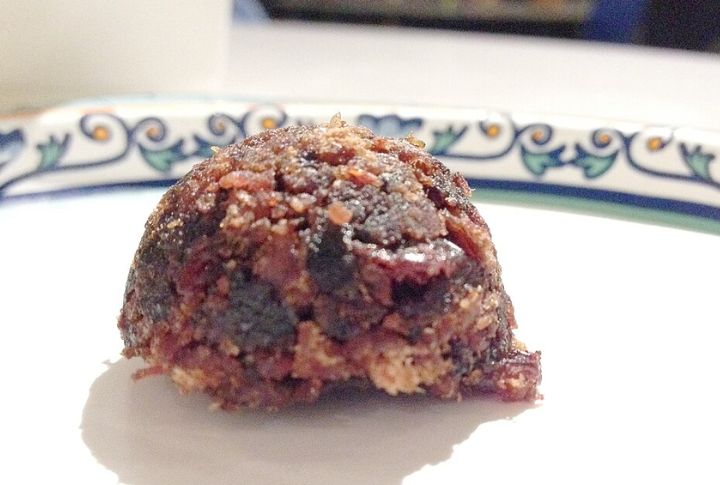
Native American influence shows up here. Pemmican combined dried meat and rendered fat. It sometimes added berries into the dense, long-lasting block. Soldiers disliked the taste, often testing it on rats before eating it themselves. But it had calories, protein, and shelf life—three things that mattered more than flavor when the campfire was low.
Swamp Cabbage

Also known as hearts of palmetto, swamp cabbage required cutting down entire Sabal palms for a single edible core. Southern troops stewed it with pork fat and salt, sometimes tomatoes if available. The result was mild and fibrous, but it kept hunger at bay. It was wartime foraging at its most practical.

